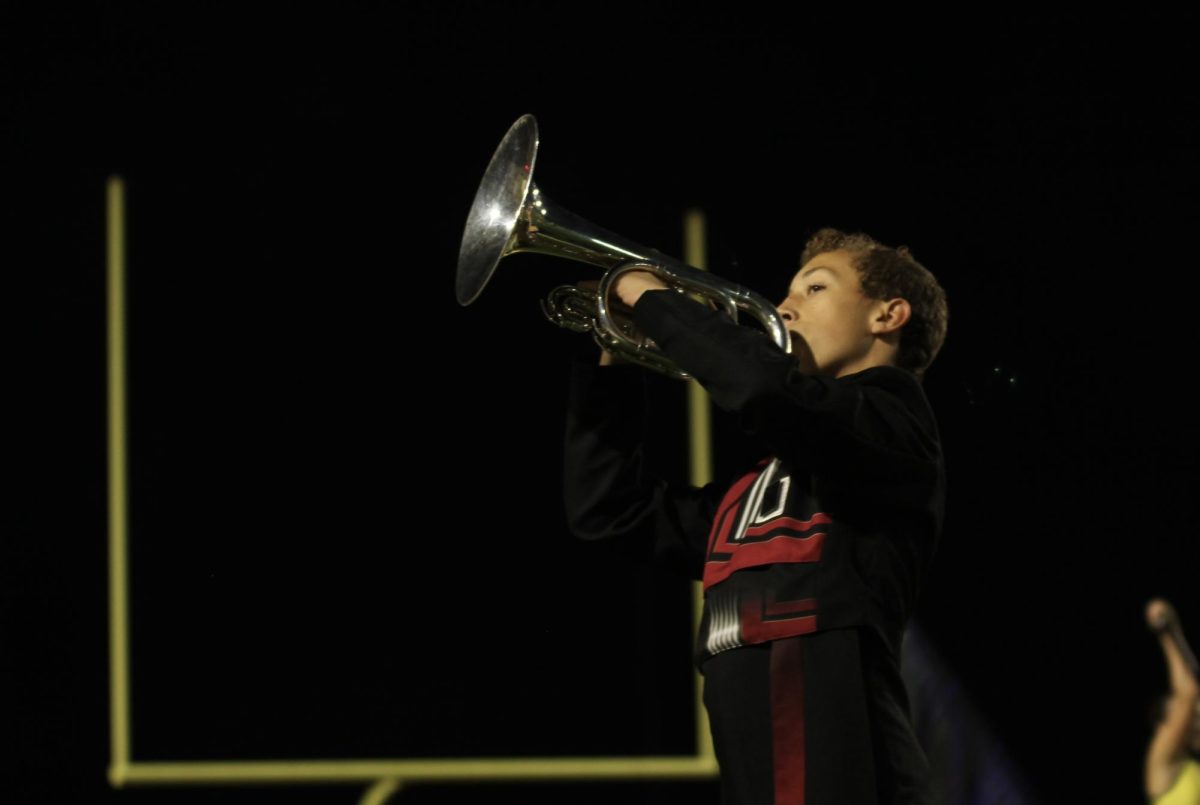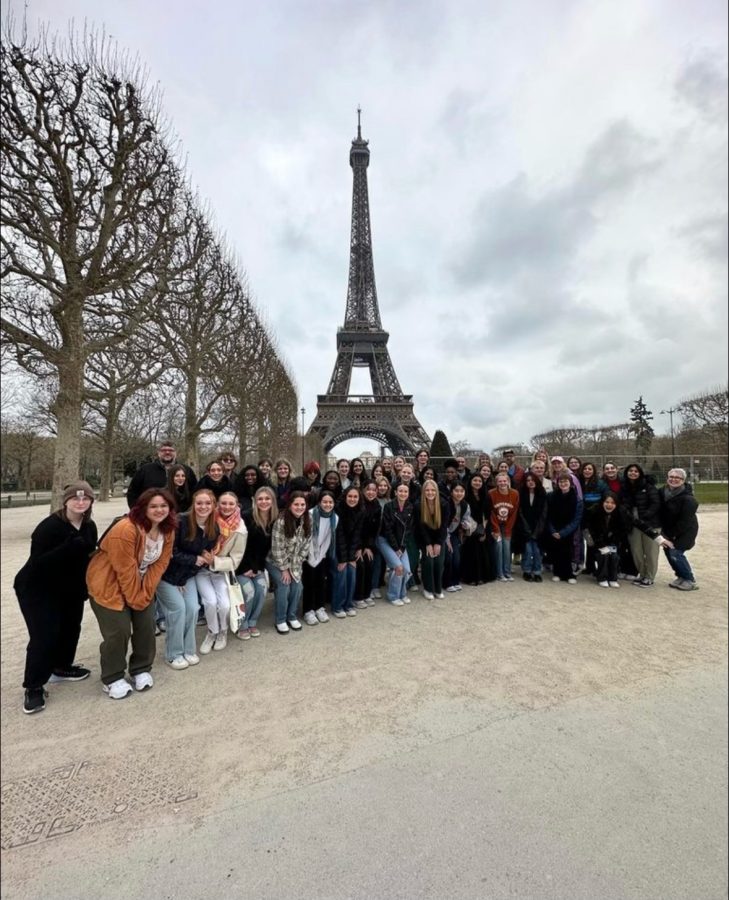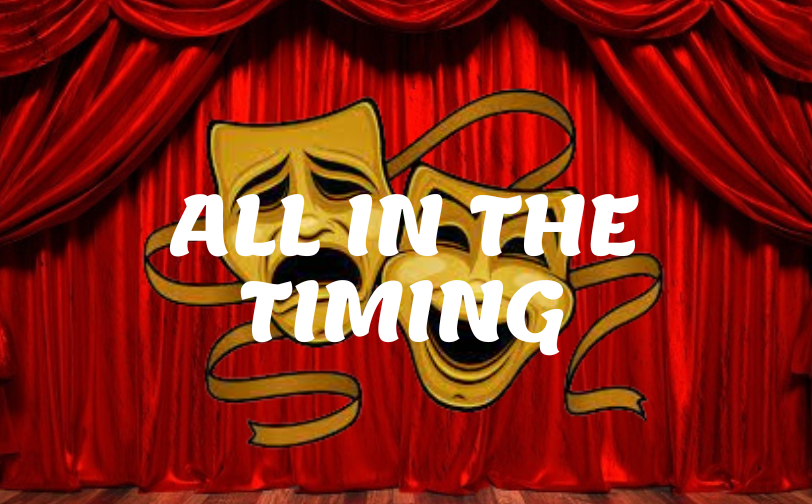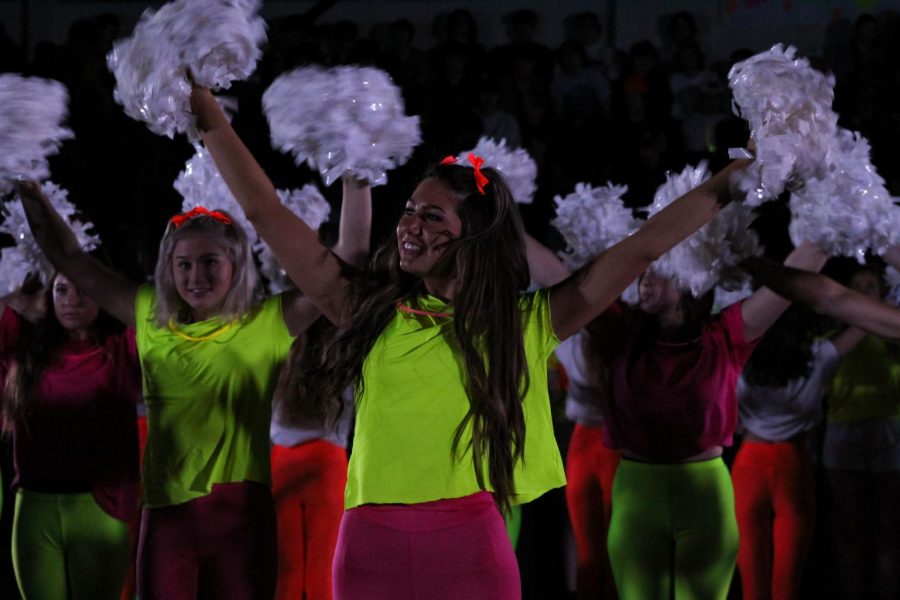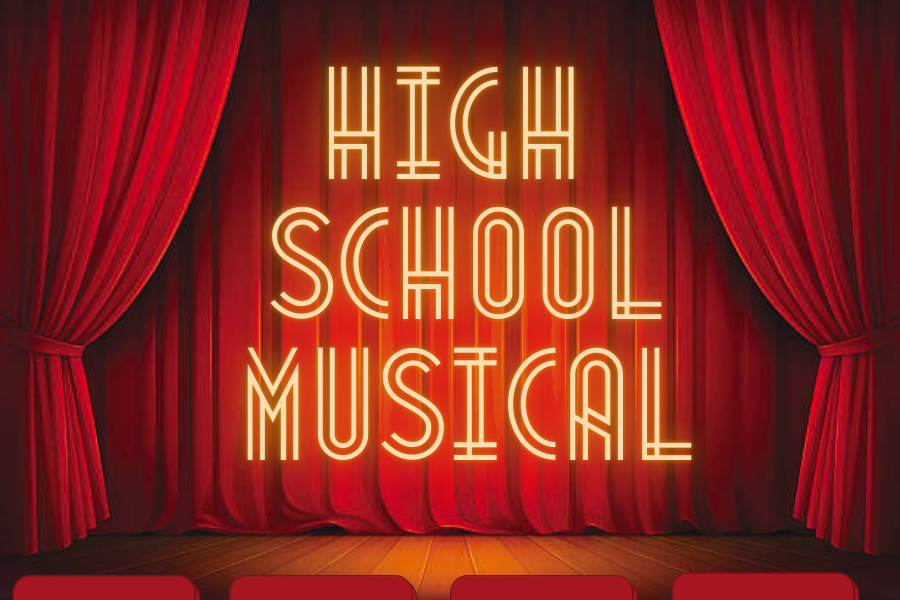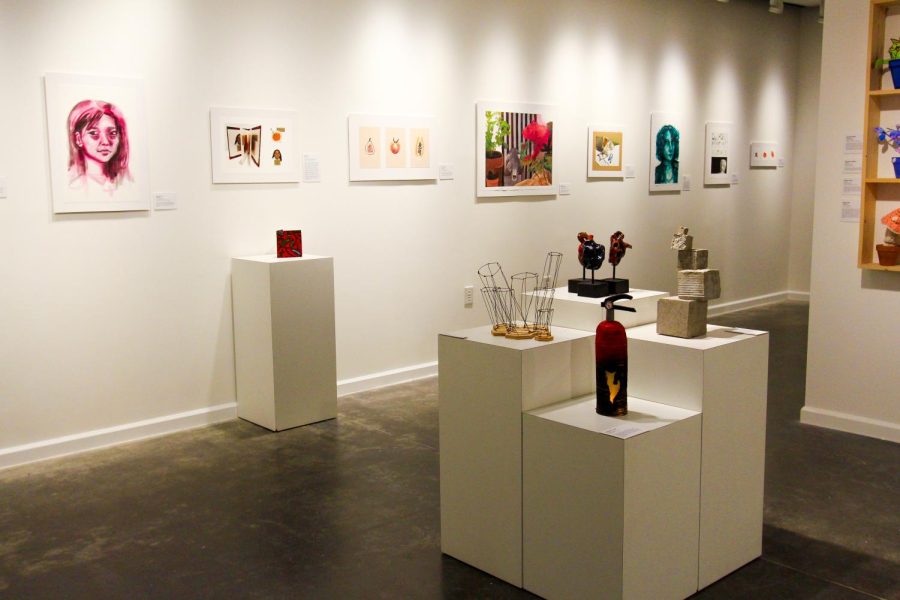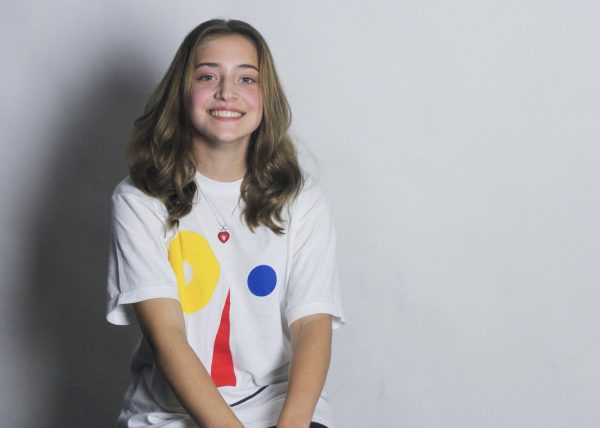October 24th marked the first Lovejoy Visual Arts showcase of 2023 that all classes could participate in, proudly demonstrating the variety and finesse that is uniquely associated with the program. Students involved had differing levels of experience, ranging from Art I all the way to AP courses in an exhibition that encouraged both personal growth and individual stages of progress. The entirety of the collection was curated by students, and featured several unconventional mediums alongside those you might expect. From sculptural work to plush textiles, the moment I made my first lap around the gallery, I was met with a lasting impression of joy, playfulness, and eclecticism. These aforementioned fuzzy feelings are what drew me in to share the opinions of people who paved its direction hugely: the teachers.
- SEIDEL
Mr. Seidel, a true veteran of the art department, teaches Art I to students at the very start of their journey. His career involves many exciting beginnings, as he has the opportunity to view each student’s journey and how their motivations evolve over time. As a testament to his long-lasting career in the district, Mrs. Rivera, whom he actually taught when she was a student herself, has recently been hired as his colleague.
“We start the year with contour drawing, which is essentially learning how to break away from the symbols you may draw when playing pictionary,” Seidel explained when asked about the coursework thus far into the semester. His students have begun “…to see the details that are there instead of assuming.” After understanding the fundamentals, they are able to build and add layers of complexity and personal touch. Following Art 1, if people wish to continue in the program, they tend to either go down the route of specifically 2D or 3D art, such as painting or sculpting.
Every piece in the show was given parameters, but the teachers made an effort to allow the contributors breathing room and flexibility to interpret the brief within their own artistic aesthetic. Seidel specifically stated that he hopes that the prompts he assigns are “…loose enough to let student voices and styles shine though.” He stands by the fact that individuality in creative spaces is not just necessary: it is natural, and would be uncomfortable to suppress. To this effect, ‘art’ is not what is chiseled to begrudgingly fit into constraints, but is, rather, the residue of the artist’s inner psyche that bleeds into it despite. This effortless, somewhat unconscious diffusion of value is the very foundation that inspires creation in the first place. “…your work is sort of like a journal: if you’re having a bad day, it shows, and vice versa.”
BELLER
The state of uniqueness of the exhibit stood out to Mrs. Beller as well, who speculated on its unity in color and content, despite the varied works. The teacher would much prefer an incomplete piece that demonstrates growth to something perfectly sterile that originated out of forcefulness. She teaches Drawing and Painting 2, Drawing and Painting 3, and AP Art History.
Beller teaches on-level courses, which are less vigorous and allow more flexibility for students involved in other extracurriculars. Whether they will remain in the LJVA program or otherwise, she forms close, encouraging relationships with each student who crosses the threshold of her classroom. In our interview, Beller explained that “…one of the best things about this show in particular is that it’s a bit funky, a bit eclectic, colorful, lighthearted…you can see layers, and each layer is a process.” The creations were exposed enough to highlight the particular style, personal experiences, and the true nature of the people behind them.
The concept that “creativity loves constraint,” is a common place within most visionary environments, and a quote that Beller repeated herself. The basic ideology describes the biggest struggle of creation: having the motivation to begin. Oftentimes, creative compositions are the least convoluted when outlined by parameters, and taking those first steps in the process are made easier when definite regulations are set. When the same limitations are extended to everyone, a certain level of individual interpretation is required to produce something new and genuine.
MAC
From teaching 4 art courses to running a class on gallery management, Mr. McCasland certainly has his fair share of working in tandem with his students. McCasland, or ‘Mac’ for short, established from the very beginning of our conversation that he could hardly be credited with the gallery’s success. “I didn’t do any of this. I’m sort of an outsider, really.” Mac joked, gesturing to the coordinators in the hallway. “All of this — from the selection of the work to the hanging of them — this is their vision.”
As he explained the technicalities of putting the show together, it occurred to me just how many layers of logistics were involved in the process. Seniors responsible for its curation were tasked with pulling pieces; side by side with their Junior assistants who helped divide the work. Through constant communication with Mac and each other, the team assembled and set up the gallery, and decided the order of how everything was hung; a process that took hours of labor in itself. However, when Mac tries to explain this to those who ask, he is instantly questioned: as if the concept of true student leadership is implausible; or perhaps unexplored.
“When I tell people that ‘my kids did all of this,’ they assume…that I’m secretly hanging it up and redoing everything,” McCasland mentioned while explaining the constant disregard for the students’ efforts, “…being able to look at it now, this show is all them…and that’s beautiful.”
The topic of young people in leadership positions came up in our conversation, to which he heartily advocated for, and responded in turn by mentioning the lack of ownership in current education. This train of thought got me thinking about the current decline of well-suited student leaders, which is caused by the limited opportunities for them to figure out how to manage themselves and others in the first place. By the time high school approaches, the majority of teenagers are unused to communication or the practical application of decision making. In turn, a world of stigma, fear, and uncertainty discourage teenagers from taking risks and radicality in general.
Contrarily, students involved in LJVA have the unique experience to understand synergy, compromise, management, responsibility, and self-reliance. Even if they don’t manage a gallery or use artwork in their adult careers, the skills they gain from the program are, as Mac insisted, “…transformative.”
Through the marriage of encouragement and a hands off approach, students forge lasting relationships and gain practical experience under the supervision of LJVA directors. In a time where young people are rarely recognized for their efforts, it is incredibly special that these high schoolers in the program are proudly accredited for the gallery’s success. A special environment has been created that nurtures risk and evokes a love for challenges; a space that is pioneered by the teachers’ nearly tangible care for the program. This collection was a reflection of the majority of our student body, and after interacting with it myself, I understood the level of trust and professionalism instilled in every participant. As complex, colossal, passionate beings, it would be incredibly boring and, really, quite impossible to function without expression. Therefore, it is our duty and privilege to go out, surround ourselves with art, and support young, local artists like those who were featured in this exhibit.
Lovejoy thrives through the Visual Arts program, and its dedicated audience, myself included, eagerly awaits their next demonstration of excellence.



